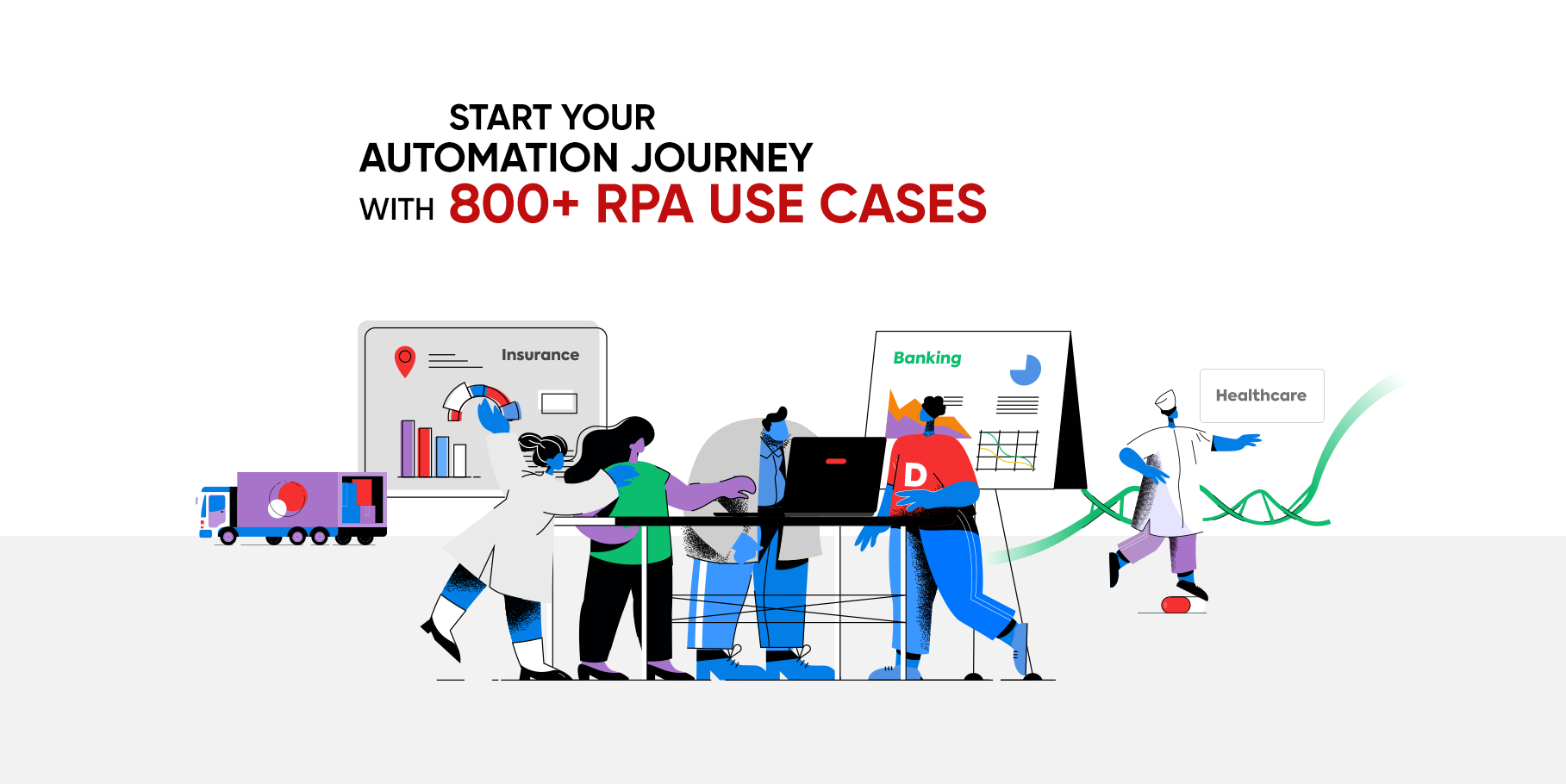Engage Intelligent Automation solutions to automate high-complexity processes
by Manan Shah, on Mar 8, 2022 8:38:28 PM
Estimated reading time: 3 mins
Key takeaways from this blogpost:
- Intelligent Automation solutions simplify complex process architectures.
- They work with even unstructured data and bring it under the automation purview.
- They adopt a critical path, eliminate overheads, and optimize the outcomes.
Businesses come across myriad processes that involve unstructured data throughout their automation endeavors. Regular automation solutions work with only structured data. Enterprises thus have to key in the unstructured data at every instance and that increases the number of swivel chair operations and human error. This scenario results in longer turnaround times that only increase with the complexity of the processes at hand. A solution that bridges this gap not only saves the processing time but also operational costs and overheads. Intelligent Automation is such a solution that processes unstructured and semi-structured data along with structured data with equal ease.

Leverage Intelligent Automation solutions for Process Acceleration, Integration, and Simplification
As stated in our earlier blogs, Intelligent Automation solutions take a holistic view and cut through standalone automation solutions with an integrated approach. This simplifies the overall process as all the process nodes fall into a seamless clockwork. As a result, Intelligent Automation solutions easily take over medium to high-complexity processes and improve process hygiene.
Intelligent Automation is built over a low-code/no-code automation platform that includes robotic process automation, intelligent document processing, process/task mining, artificial intelligence/machine learning, BI dashboards, and business process management technologies. This mash-up turns out to be more efficient and robust than the individual technologies themselves and overcomes the individual fragility.
The Intelligent Automation platform, as such, lends high agility to processes, eliminates bottlenecks, and optimizes the overall effort. Classic examples include automated Service Desk Management and Trade Finance Operations Management. Where a piece-meal approach would lead to spiraling turnaround times, Intelligent Automation reduces the cycle time from days to hours and from hours to minutes.
Intelligent Automation – Goals intended and Business Impacts achieved
The primary intended goal of Intelligent Automation is to seamlessly automate complex processes involving unstructured and semi-structured data. It also prominently delivers the following business outcomes –
- Versatility beyond fragile automation: Individual technologies have their own shortcomings that result in fragile outcomes due to process changes. Intelligent Automation delivers a robust output.
- End-to-End automation: It looks at processes in a holistic manner that allows to take on complex processes and deliver total automation solutions.
- Comprehensive dashboards: It offers a dashboard view of all the process executions, status, and failures along with remote monitoring, primarily because it is location agnostic and allows on-premise as well as on-cloud deployment.
- Scalability: Being cloud-ready, the Intelligent Automation mash-ups are highly scalable and address mammoth concurrent workloads.
- Faster turnaround: It allows clockwork architecture across point-to-point process nodes and delivers precision in all outcomes. As a result, it has a shorter cycle time and faster turnaround.
- Straight-through processing: It delivers first-time rights (FTRs) and achieves a higher degree of straight-through processing (STP) with human involvement limited to eyeball verification.
- Agile processing: It improves process agility and supports a dynamic business environment involving many stakeholders. For example, the Trade Finance process.
- Process optimization: It reduces the back and forth that is involved in manual processing. It optimizes process outcomes by eliminating bottlenecks, value fissures, and conflicts.
- Reduced OpEx: It delivers value by eliminating process overheads and reducing process execution costs.
- Streamlined functions: It cuts out the excesses in process delivery and creates pathways for seamless hyperautomation.
- Complex process architectures: It automates processes involving multiple touchpoints and sourcing unstructured data from different sources.
Click to access the repository of 800+ automation use cases and jumpstart your automation journey >> |
In short
Intelligent Automation solutions cut through all standalone automation solutions and deliver optimized output. They automate processes having medium to high complexity, involve unstructured data as a process input, and deliver value by eliminating process overheads.



















